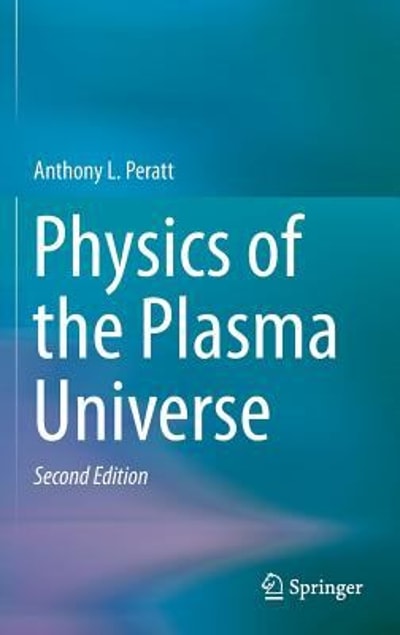PROBLEM-SOLVING STRATEGY 25.1 Conservation of energy in charge interactions Learning Goal: To practice Problem-Solving Strategy 25.1 for charge interaction problems. MODEL: Check whether there are any dissipative forces that would prevent the mechanical energy from being conserved. A proton and an alpha particle are momentarily at rest at a distance r from each other. VISUALIZE: Draw a before-and-after pictorial representation. Define symbols that will be used in the problem, list known values, and identify what you are trying to find. They then begin to move apart. Find the speed of the proton by the time the distance SOLVE: The mathematical representation is based on the law of conservation of mechanical energy: between the proton and the alpha particle doubles. Ki + qVi = Ki + qVi. Both particles are positively charged. The charge and the mass of the proton are, respectively, e and m. The charge and the mass of the alpha particle are, respectively, Is the electric potential given in the problem statement? If not, you'll need to use a known potential, such as that of a point charge, or calculate the potential using the procedure given in Problem- 2e and 4m. Solving Strategy 25.2. . Kf and Ki are the sums of kinetic energies of all moving particles. . Some problems may need additional conservation laws, such as conservation of charge or conservation of momentum. REVIEW: Check that your result has the correct units and significant figures, is reasonable, and answers the question. Model The particles described in this problem interact under the effect of the electric force, which is a conservative force, so the system's mechanical energy is conserved. Visualize Part A Which of the following quantities are unknown? initial separation of the particles final separation of the particles initial speed of the proton final speed of the proton initial speed of the alpha particle final speed of the alpha particle mass of the proton mass of the alpha particle charge of the proton charge of the alpha particle Submit Previous Answers Request Answer X Incorrect; Try Again; 8 attempts remaining The final separation between the particles is known: It is twice the initial separation, or 2r







